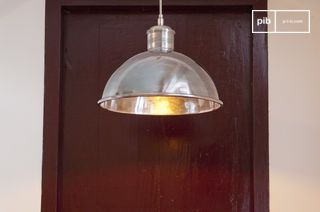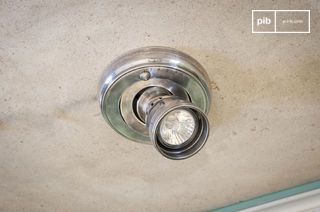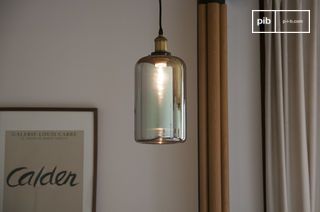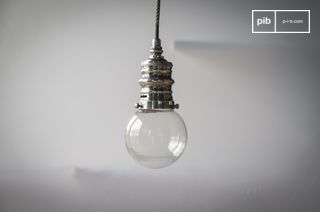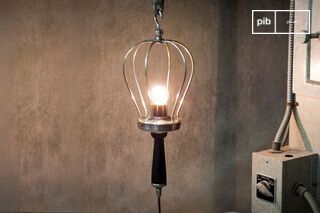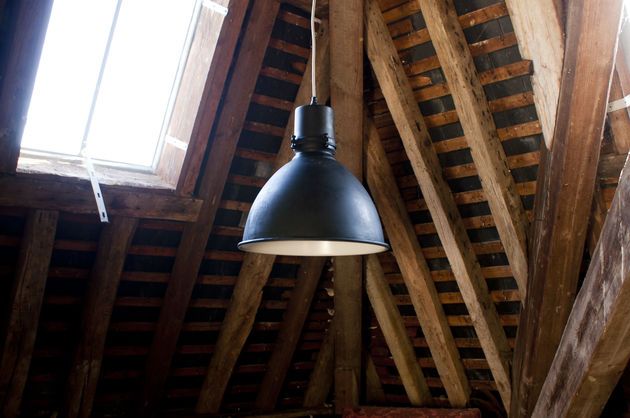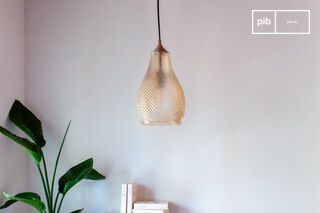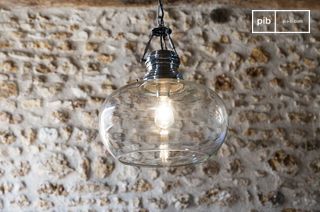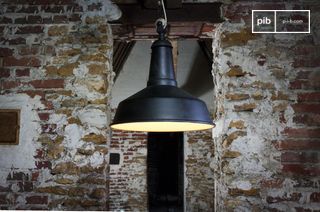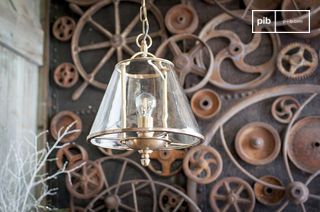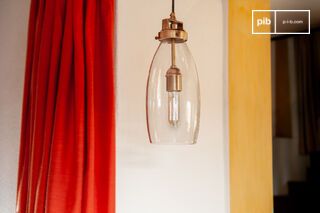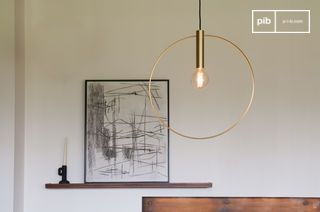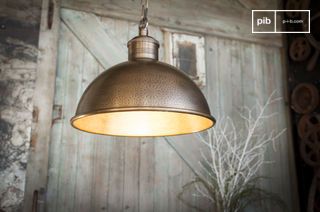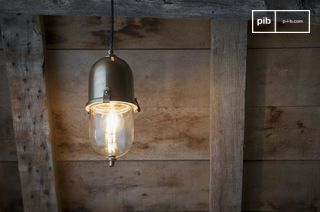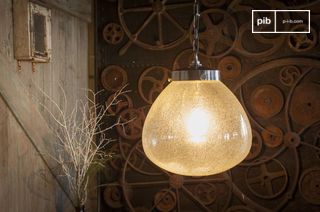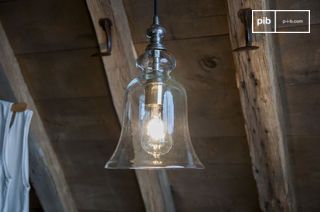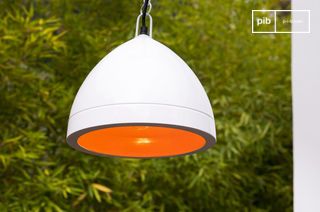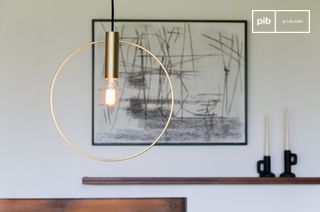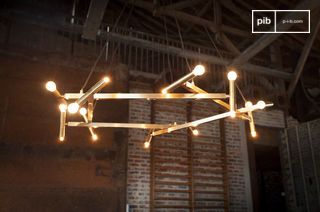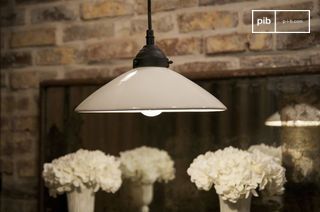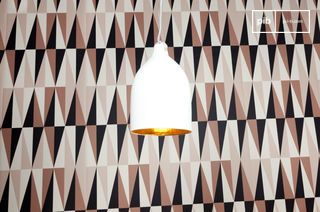Dining room pendant lights
Dining room pendants structure the lighting above the table and enhance the legibility of the dining area. They act as a visual focal point while providing the right light for everyday use. A dining room pendant light should be chosen according to the size of the table, the height of the ceiling and the type of diffusion required. Placed at the right height, alone or as part of a composition, it provides glare-free lighting and blends in seamlessly with surrounding volumes.
read more >Filters
10 festive days
10% off our tables and consoles
Welcome your guests in style · Limited stock

Functions and positioning of a dining room pendant
A dining room pendant fulfills two functions: effectively illuminating the table surface and visually organizing the space. Unlike a central living room fixture, it is always designed in direct connection with the underlying piece of furniture. Its position depends on the length and shape of the table, as well as the ceiling height. The commonly accepted standard for the distance between the tabletop and the suspension base is between 70 and 90 cm, to guarantee functional lighting without obstructing vision. When a rectangular table is involved, a series of aligned suspensions may be preferred to a single model, to ensure even light distribution.
Materials, shapes and light diffusion
The choice of materials influences both the light emitted and the way the suspension dialogues with the furniture. An opaline glass diffuser provides ample illumination without creating domed areas. A downward-facing metal dome focuses the light on the table, creating a more focused ambience. Textiles soften the light, but must be chosen with care to avoid overheating. Elongated shapes complement large rectangular tables, while more compact forms are better suited to round or square tables. The color and finish of matte, glossy, natural or tinted fixtures should be consistent with the room as a whole, without imitating the materials but complementing them.
Suspensions and articulating the dining space
The dining room is often a transitional space between kitchen and living room. Suspension creates a visual focal point, even in open spaces. Linked with other elements such as chairs, sideboards and wall coverings, it helps to structure the volume without adding superfluous elements. In a multi-purpose room, suspension helps define the dining area. It can also play a role in acoustics, depending on the materials used. Finally, the lighting temperature (generally between 2700 K and 3000 K) has a major influence on the perceived ambience during meals, particularly in the evening. Choosing dimmable bulbs allows you to adjust the light according to the moment.
Mastering the choice of a dining room pendant means thinking jointly about proportions, uses, light diffusion and the link with the furniture as a whole. Each decision has a direct impact on the comfort and coherence of the space
